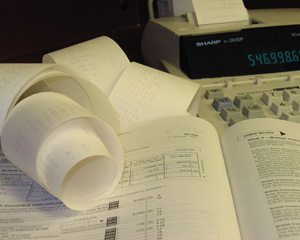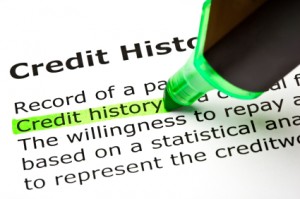 It can be easy to lose sight of your New Years financial resolutions by mid–year. When summer comes and all you want to do is relax, many people relax with their finances as well. If you’ve gotten off track or are not even sure where you stand, the finance experts at Equifax recommend that you do a mid-year evaluation of your credit situation.
It can be easy to lose sight of your New Years financial resolutions by mid–year. When summer comes and all you want to do is relax, many people relax with their finances as well. If you’ve gotten off track or are not even sure where you stand, the finance experts at Equifax recommend that you do a mid-year evaluation of your credit situation.
To get back on track with your financial goals and eliminate wasteful spending, consider taking the following steps recommended in the recent Equifax blog, “Five Mid-year Credit Moves to Make Right Now.”
- Step One: Check your credit report.
o When you evaluate your credit report, check how much debt you have outstanding on your credit cards versus the total of your credit limits. This is what finance experts refer to as the credit utilization rate, or credit utilization ratio. It’s ideal that your credit utilization rate be between 30 and 35 percent or less, as this indicates you have not over-borrowed on your credit cards.
- Step Two: Look for errors and address any issues with your report.
o Once you get your credit reports, look over them carefully to make sure there is no inaccurate information or that you are not the victim of identity fraud. If you discover any errors, you can dispute them for free. If you need assistance to discover any errors, a credit monitoring service can help.
- Step Three: Set up reminders to pay bills on time.
o Once you evaluate your credit report, you can now focus on your credit score. Your payment history is the most heavily weighted factor in determining your credit score (typically about 35 percent), so paying all of your bills on time is crucial. For some bills, you may be able to set up automatic payments. If you don’t like the idea of that, you can set up a reminder on your phone or computer calendar to remind you to pay your bills.
- Step Four: Pay down debt.
o Most debt can impact your credit score, both from a credit utilization and a credit utilization ratio perspective. And of course, debt typically costs money—you pay interest as long as the debt isn’t paid off at the end of the billing cycle. Many experts advise paying down debt with the highest interest rate first, as this typically saves the most money in the long run.
- Step Five: Assess your accounts.
o Lenders can positively impact your credit score, and having several active and current credit accounts shows them that you’re a responsible borrower. And if you’ve had a long-standing account, it can help demonstrate a longer credit history, which is why it is not a good idea to close every account once you have paid off your credit card balance.
Taking a break from the financial stress of everyday life can help you unwind, but don’t relax your vigilance regarding your credit. Making these five moves will help you stay on top of your credit situation.




